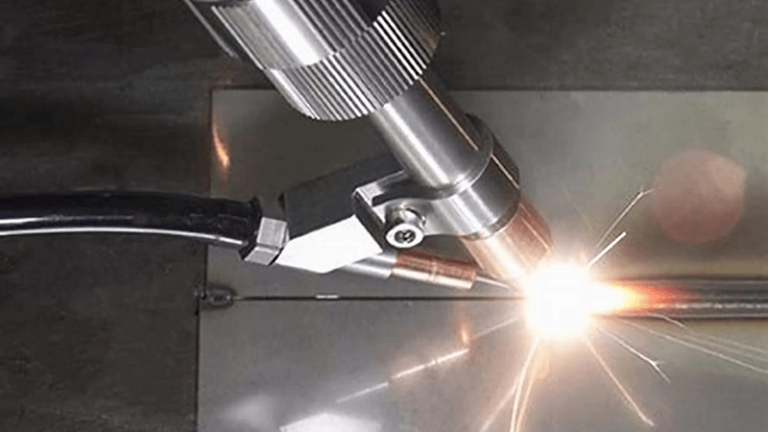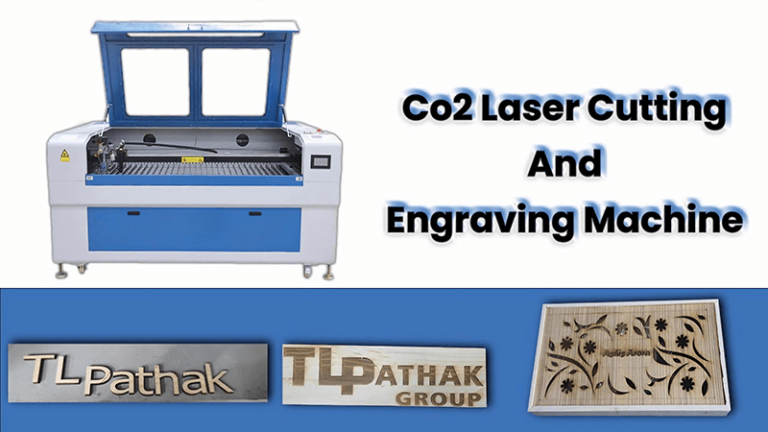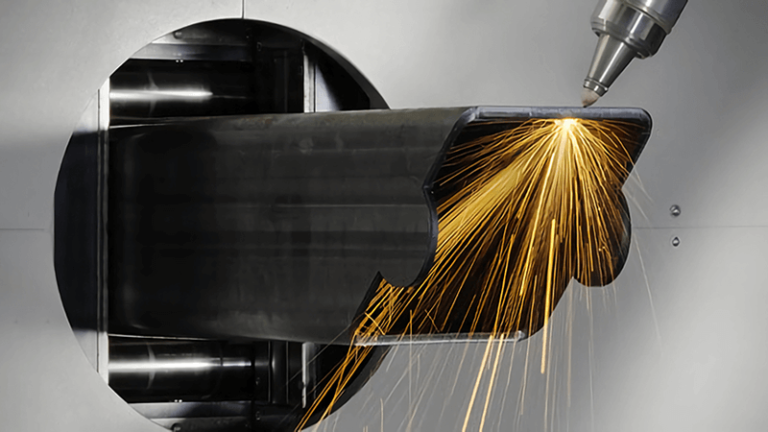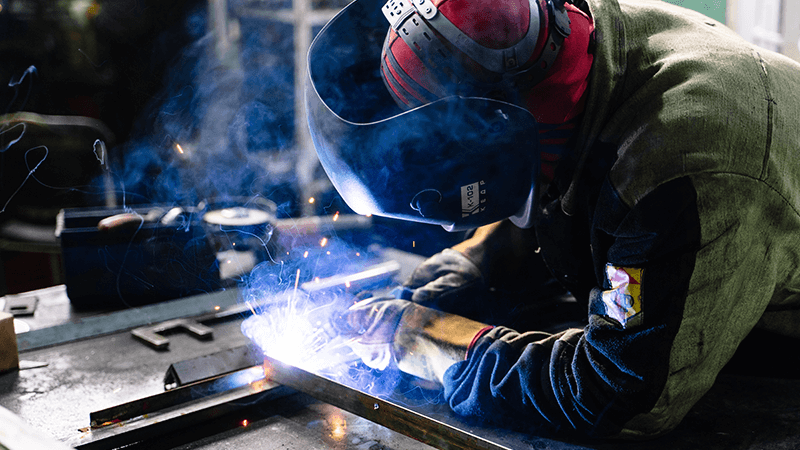
When you're thinking about welding, the first thing that likely comes to mind is heat, sparks, and heavy machinery. But what if I told you there's a welding process that uses lasers instead of traditional heat sources? Sounds like something out of a sci-fi movie, right? Well, laser welding is not just a futuristic idea; it's a game-changer in modern manufacturing, and today, I'm here to walk you through the basics. Let’s dive in!
Laser welding is a precise, fast, and cost-effective method that uses a focused laser beam to join materials together. It’s a significant upgrade from traditional welding methods and is already being used in various industries worldwide. But how does it actually work, and why is it so popular? Let’s break it down.
Laser welding is becoming the go-to method for many manufacturers around the world. The appeal lies in its ability to produce clean, precise welds without the heat distortion typical of older methods. It can be used on a variety of materials, including metals and thermoplastics, and is especially popular in industries like automotive, aerospace, and electronics.
So, What Exactly is Laser Welding?
Laser welding is a technique that uses a laser beam to melt and fuse materials together. The laser's energy is focused into a small, intense spot, creating a high temperature that melts the material. The molten metal then cools and solidifies, forming a strong bond. Unlike traditional welding, which relies on heat from an electrode or flame, laser welding delivers focused energy directly to the joint, minimizing heat spread and preventing material distortion.
Laser welding produces clean, precise welds with minimal heat distortion.True
Laser welding's highly focused energy minimizes heat spread, which reduces distortion, making it ideal for delicate materials.
Laser welding is the best method for welding copper and other highly reflective materials.False
Laser welding can be more challenging with highly reflective materials like copper, as they can scatter the laser energy.
How Does Laser Welding Work?
The process starts with a laser beam directed at the material to be welded. The beam is usually generated by a high-powered laser source, such as a fiber. The laser beam is then focused using a lens and guided to the workpiece through fiber optics. The heat from the laser melts the material at the joint, and as it cools, it forms a strong bond.
This process can be further refined to suit different applications, such as deep penetration welding for thicker materials or spot welding for thin metals. The flexibility of the laser system is one of the key reasons for its growing popularity.
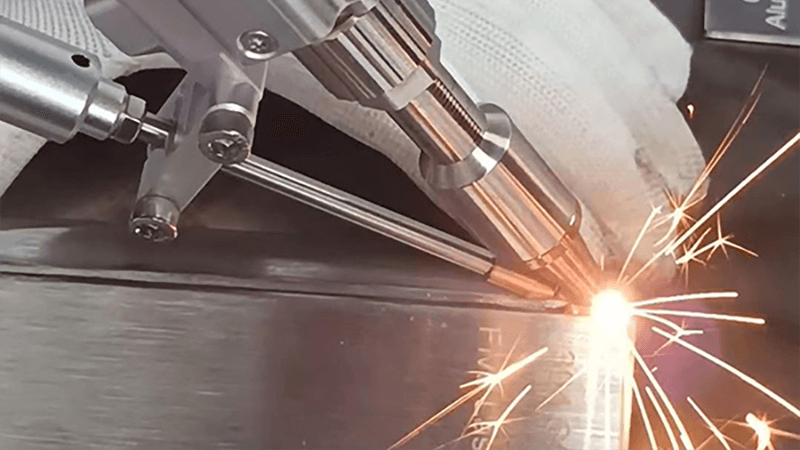
What Makes Laser Welding Different?
You might be wondering, what sets laser welding apart from traditional welding methods? The most obvious difference is the source of heat. While traditional welding uses an electric arc, laser welding relies on a focused laser beam. This results in several benefits:
- Precision: Laser welding allows for extremely fine and accurate welds, even in tight or intricate spaces.
- Speed: The process is faster than conventional welding, which means increased productivity and reduced manufacturing time.
- Less Heat: Because the laser beam is highly focused, there’s minimal heat distortion, which is critical for thin or delicate materials.
The Components Involved in Laser Welding
To achieve the best results with laser welding, you need the right equipment. The basic components include:
- Laser Source: The heart of the system, which generates the laser beam. Common laser types include water-cooling fiber laser and air-cooling fiber laser.
- Beam Delivery System: This directs the laser beam from the source to the workpiece, typically through fiber optics or mirrors.
- Welding Head: The part that focuses and directs the laser onto the workpiece.
Each of these components needs to be carefully calibrated to ensure optimal performance and accuracy. Any misalignment can lead to weak welds or wasted material.
What Are the Advantages of Laser Welding?
The benefits of laser welding are hard to ignore. Let me break them down for you:
- High Precision : Laser welding allows for incredibly fine welds with minimal heat distortion. This means cleaner joints and better aesthetics.
- Faster Welding Speed: The high energy density of the laser results in a faster welding process compared to traditional methods, reducing overall production time.
- Minimal Post-Weld Cleanup: Since laser welding produces clean, precise results, there's less need for secondary operations like grinding or polishing.
These advantages are why industries such as automotive manufacturing and aerospace have adopted laser welding as their preferred method for joining metals and other materials.
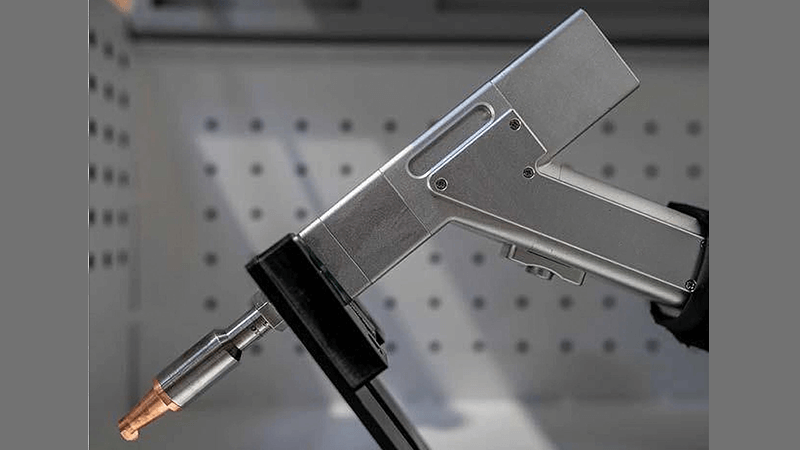
Laser Welding Applications in Industry
Laser welding is used in a variety of sectors. Here are some common applications:
- Automotive Industry: Laser welding is used to create strong, precise welds in car parts and assemblies.
- Aerospace: Lightweight, high-strength welds are essential in aerospace, and laser welding provides a perfect solution.
- Electronics: Laser welding is used in the production of small, delicate components such as circuit boards and connectors.
In fact, laser welding has become a standard method for manufacturing critical components in these industries, offering speed, accuracy, and high-quality results.
Challenges of Laser Welding
Of course, as with any technology, laser welding comes with its own set of challenges:
- Initial Investment: Laser welding systems can be expensive, especially for small businesses. However, the long-term benefits often outweigh the initial costs.
- Material Sensitivity: Different materials react differently to laser welding. For example, highly reflective materials, like copper, can be more challenging to weld.
- Skilled Operators: Operating a laser welding system requires skill and expertise. It’s essential to have a trained operator who understands the nuances of the technology.
Choosing the Right Laser Welding Machine
Selecting the right laser welding machine is crucial for maximizing your investment. Factors like power output, precision, and ease of integration with existing systems need to be considered. When choosing a machine, think about:
- Power: Higher power is needed for thicker materials or deeper penetration welding.
- Speed: Faster machines are ideal for high-volume production.
- Cost: While laser welding systems are a big investment, consider how much time and labor you’ll save in the long run.
At Kirin Laser, we offer a range of machines tailored to different needs. Whether you're welding thin metals or working with heavy-duty materials, we have a solution for you.
Laser welding is faster than traditional welding methods, which helps reduce overall production time.True
The high energy density of the laser allows for faster welding, leading to increased productivity and shorter manufacturing times.
Laser welding machines do not require any maintenance to maintain optimal performance.False
Regular maintenance, including cleaning the lens and checking the cooling system, is crucial to maintain laser welding machines' performance and efficiency.
Maintaining Your Laser Welding Machine
Maintenance is key to ensuring your laser welding system performs at its best. Regular checks and cleaning of the laser source, optics, and cooling system are essential. Without proper maintenance, the system could lose efficiency, leading to poor welds and unnecessary downtime.
Some common maintenance tasks include:
- Cleaning the lens to prevent debris buildup.
- Checking the cooling system for leaks or blockages.
- Inspecting the laser source for any signs of damage or wear.
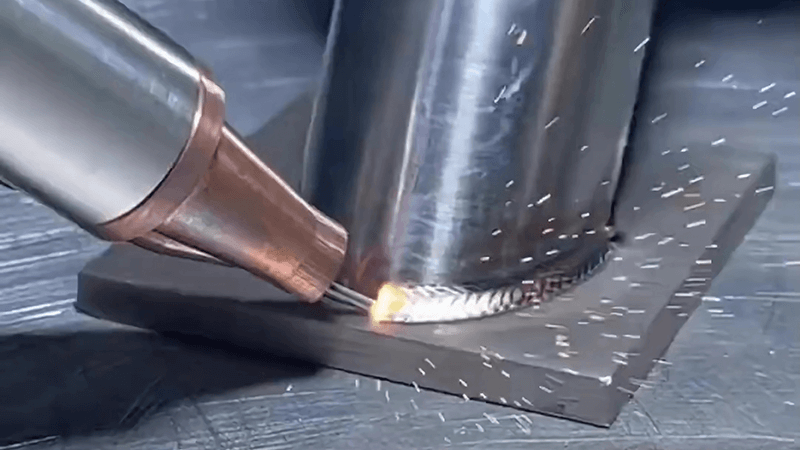
Is Laser Welding Right for You?
If you're in a manufacturing business looking to improve precision, reduce costs, and increase production speed, laser welding could be the perfect solution. However, it’s important to weigh the costs and training requirements before making a decision.
Conclusion
Laser welding is an advanced, efficient, and versatile technology that is revolutionizing the way industries manufacture components. With its precision, speed, and minimal distortion, it's no wonder that so many industries are adopting this method. If you're considering investing in laser welding, make sure to consult with experts and choose the right machine for your needs.
Need more help or want to explore the best options for your business? Contact us today, and let’s discuss how we can help you level up your manufacturing processes!
References:
- "Top Fiber Welders for High-Precision Welding", from Kirin Laser.
- "A Complete Guide to Set Laser Welding Machine for All Applications", from Kirin Laser.
- "How to Choose the Best Laser Welding Equipment for Your Needs?", from Kirin Laser.
- "What Factors Affect the Price of Fiber Laser Welding Machines?", from Kirin Laser.
- "What is Laser Welding?", from Kirin Laser.
- "Laser Welding Process: A Detail Explained", from Kirin Laser.


